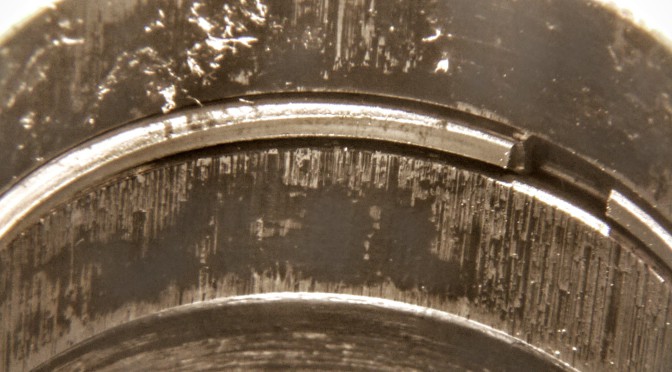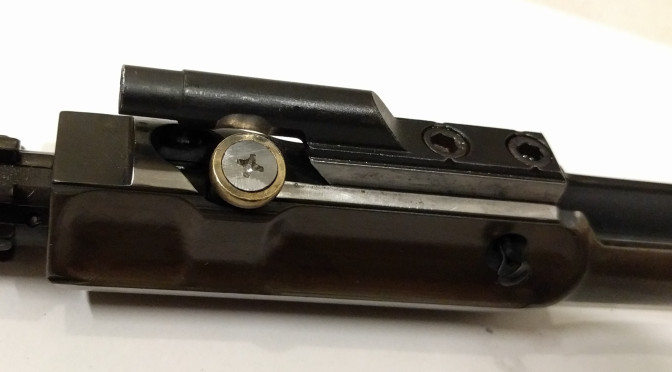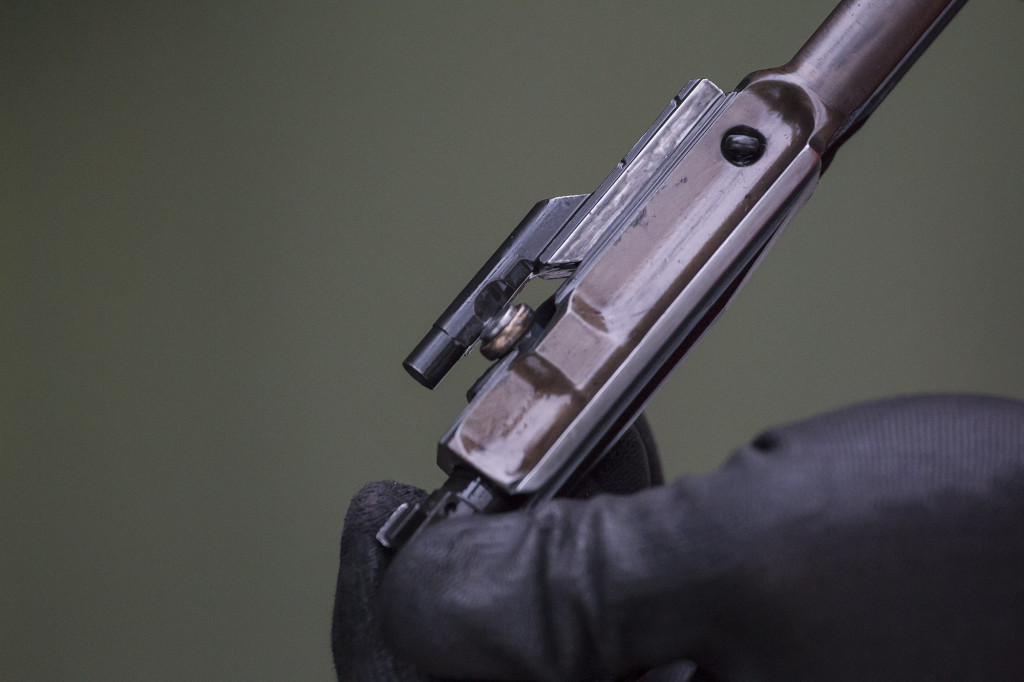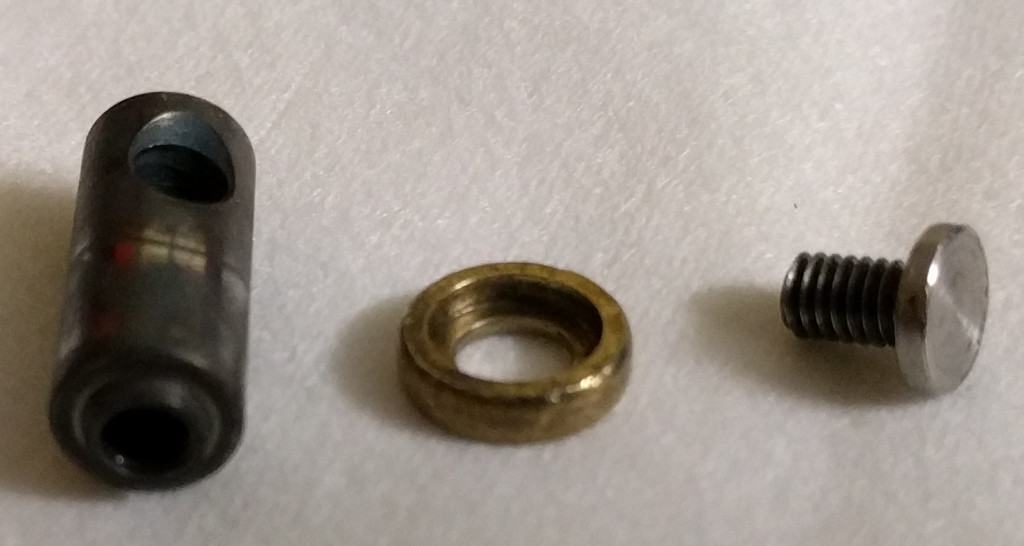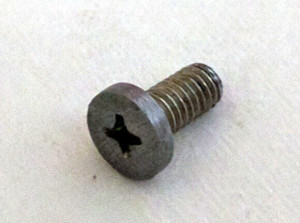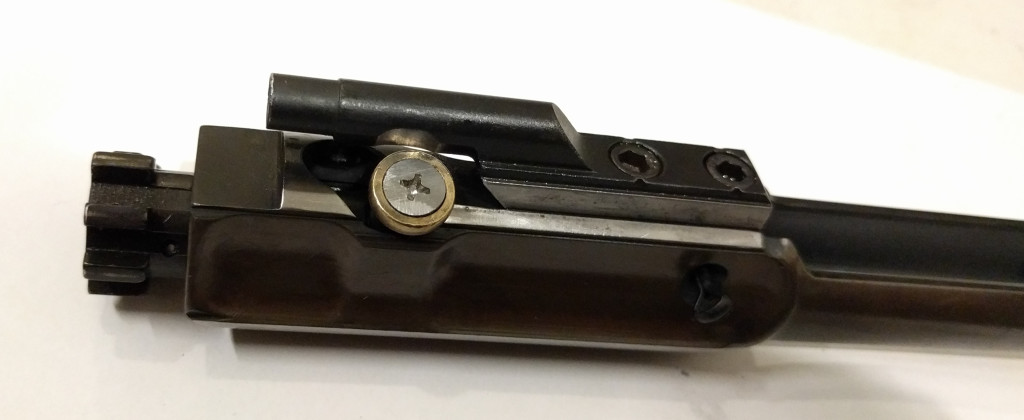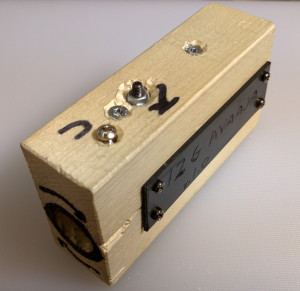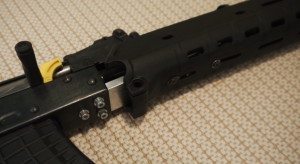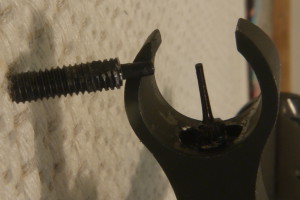Brass cleaning science! We’ve tested three different solutions for cleaning fired brass with ultrasonic cleaner.
The temperature was set to 50 degrees (Celsius of course, that’s probably roughly 56 to 125 inches in US temperature units, stones or is it nails?) Cleaning time was 15 minutes.
Below in the table you can see the different concentrations used. Every solution was mixed to cost 0.10€. I thought that to be the only viable way to measure different solutions. It would not have been fair to just measure the amount of solution if it’s not feasible to use the most expensive solution in long term use. All mixtures were made to a 125 grams of 35 C° water. This naturally threw difference of the total amount of cleaning solutions by ~10% as C4+water sums only 127 g and soap+acid+water 150 g. But for the nature of cleaning brass outside of synthetic tests I believe this type of difference is acceptable.
| Washing solution |
Price ( €) |
Package size (grams) |
Price per gram |
Amount in solution (grams) |
Price of solution |
| Oregon Ultrasonic |
15.9 |
1000 |
0.0159 |
6.98 |
0.110982 |
| Bore Tech C4 |
29 |
473.176473 |
0.06128791615 |
2 |
0.1225758323 |
| W5 dishwasher |
1.19 |
500 |
0.00238 |
11 |
0.02618 |
| Citric acid |
0.78 |
40 |
0.0195 |
4 |
0.078 |
| Mix of acid+soap |
1.97 in total |
|
|
15 in total |
0.10418 |
As you can see the Bore Tech C4 Carbon Remover was used only with ~1.6% concentration. W5 dishwasher soap had to be added relatively huge amount in order to reach even close to what Carbon Remover and Ultrasonic cleaning solvent costs. Most likely lower amount of W5 dishwasher soap would have been sufficient. You can purchase citric acid way cheaper in larger containers.
All brass looked pretty much the same before going into the bath.
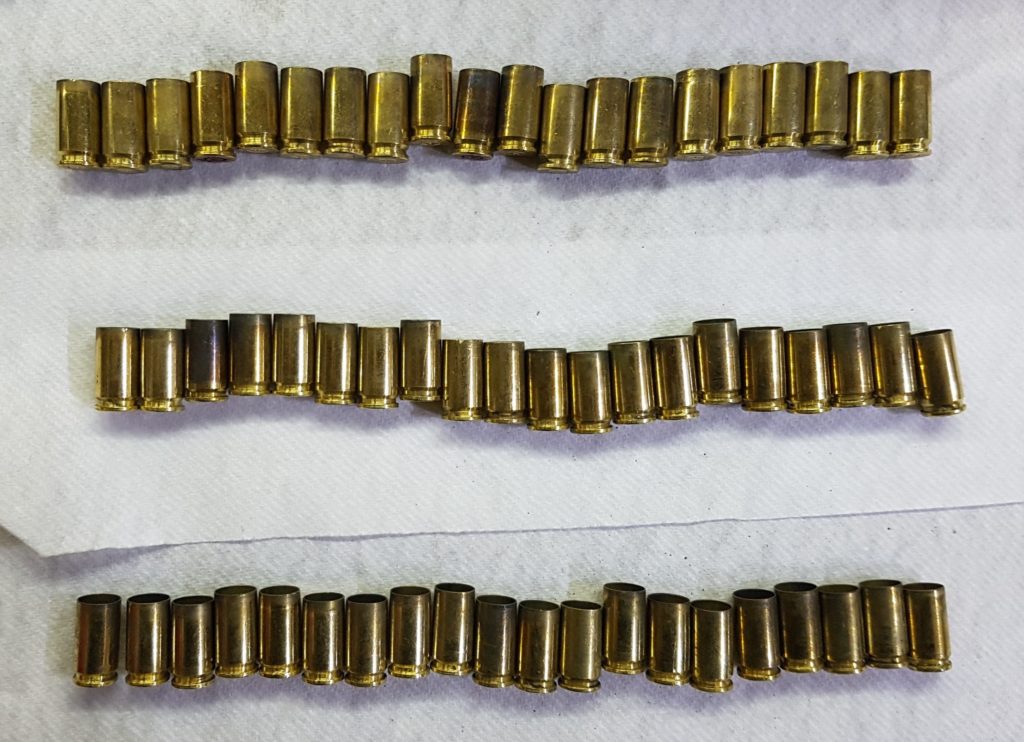 Brass were sorted from these three rows to three cleaning containers randomly.
Brass were sorted from these three rows to three cleaning containers randomly.
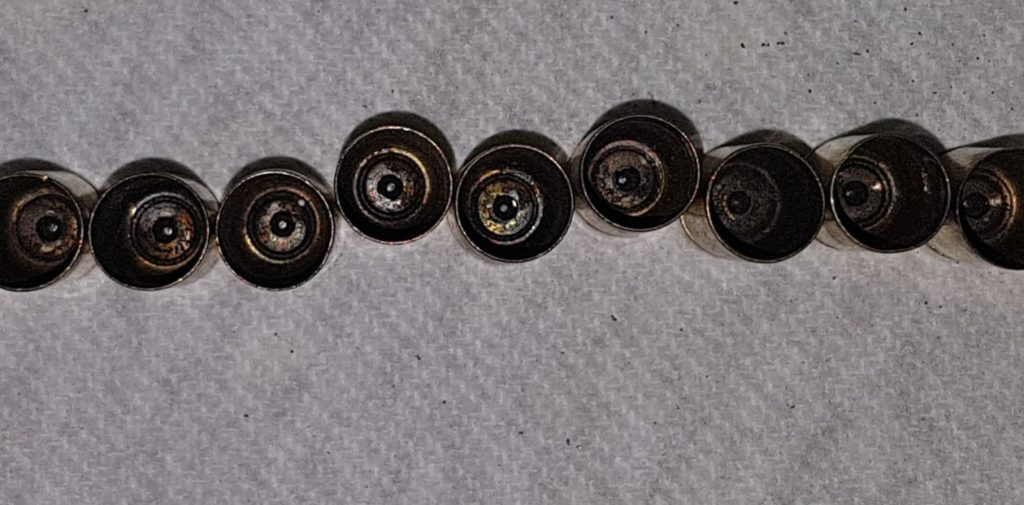 Inside the brass looks pretty bad.
Inside the brass looks pretty bad.
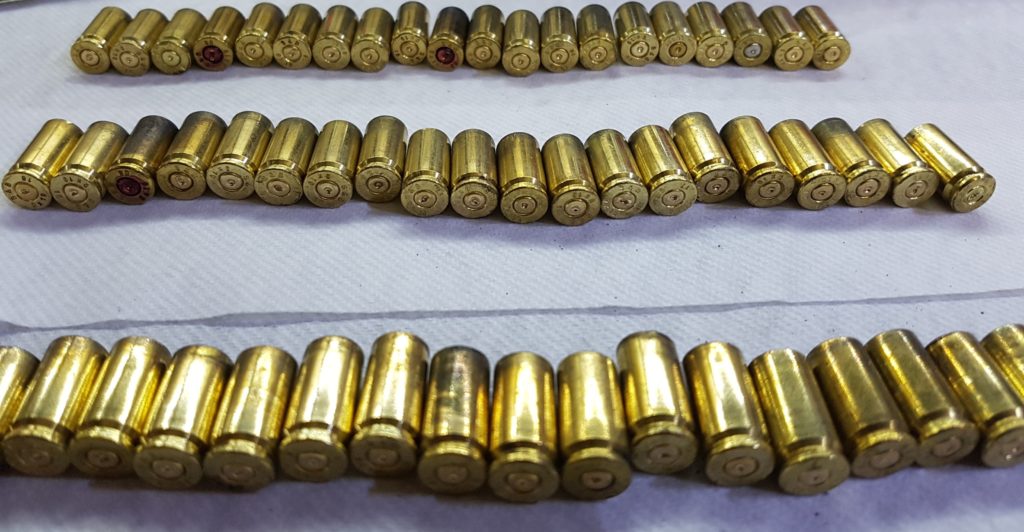 Headstamps were mostly S&B but other brass were also in the mix.
Headstamps were mostly S&B but other brass were also in the mix.
After 15 minutes of cleaning the water had turned to a black musk in every cleaning container.
Let the photos be the judge which solvent won:
From top to bottom: W5+citric acid, Oregon, Bore Tech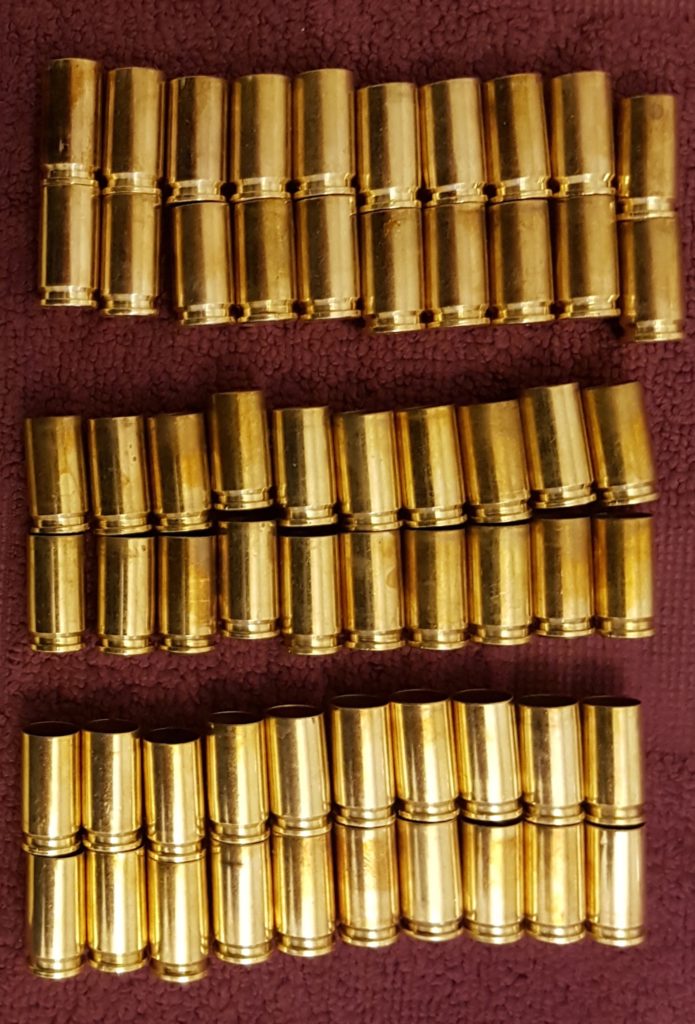
It’s clear that Bore Tech C4 Carbon Remover was the most effective on cleaning the outside of the brass. Picture may not show the difference as clearly but nearly all dark spots were gone on brass that was bathed in C4 Carbon Remover, all brass were shiny and uniform color.
Next came the mix of dishwasher and citric-acid. Brass is shiny but slightly tinted toward brown compared to Carbon Remover.
Last place in cleaning the outside came Oregon’s Ultrasonic Cleaning Solution. It left dark spots in most of the brass and it’s even visible in the picture how the brass is darker that with other two contenders.
When comparing inside of the brass there was clear difference between all three cleaning solutions.
Dishwasher soap + citric-acid
16 brass out of 20 were cleaned extremely well with W5+citric-acid. Some were left with dark spots, it’s unclear for me why as when comparing the darker brass with super-shiny all were most likely once fired S&B brass and collected from indoor range. So no moisture contamination should have taken in place.
Oregon Ultrasonic Cleaning Solution
11 brass out of 20 were somewhat cleaned, but none of them came even close compared to W5+acid mix. Some of the “clean” brass in this group might be dirtier than the “dirty” in other groups.
Bore Tech C4 Carbon Remover
Even though Carbon Remover won when comparing cleaning results at outside of the brass it’s not as effective cleaning the inside of the brass than home-made mix of W5 dishwasher soap and citric-acid. 12 out of 20 brass was super-shiny but the rest was left unsatisfying dirty. Notice how there is some black residue around the primer hole where dishwasher+acid left that area cleaner on most brass. Again when checking the headstamps there were no clear correlation between clean and dirty brass. 7 out of 8 dirty brass was S&B and most likely only once fired e.g. factory loads.
All brass in the test were handled with nitrile gloves in order to prevent grease-marks from fingers. Brass was not sorted or selected anyway. Most of the headstamps were S&B. Others were TCS (4pc), G.F.L (1pcs), STV (1pcs) and Geco (1pc). Some brass might have been reloaded (at-least two S&B had different primer than others), but majority of the brass was once fired factory loads. All brass was collected from indoor range so no water or moisture contamination could have taken place which could have baked some of the powder residue to the brass. There were no correlation of cleaning results between different brass whether they were reloads, or factory ammunition between different companies.
The Ultrasonic Cleaner used in the test was cheap Chinese made 9l Stainless steel made tabletop cleaner. Advertised Ultrasonic cleaning power is 200W but no more than 150W is used from the outlet during cleaning cycle with heating turned off. Brass was placed in three identical thin wall plastic containers and adequate amount of water was added to the stainless steel tank so all three plastic containers holding the 125g water, cleaning solution and brass, started floating. Plastic is not optimal container as it has tendency to absorb ultrasonic waves, but in this test the purpose was not to clean brass as effectively as possible, only to compare different cleaning solution consecrations when their calculated cost was identical.
End result of this test was to continue tests with dishwasher soap and citric-acid. Maybe changing the concentration or adding salt and/or dishwasher detergent to the mix might help cleaning even the most stubborn dirty brass. Naturally cleaning 20 empty shells at a time is not the goal. When cleaning solution mixture is complete the purpose is to clean as much brass as it’s possible to load to the 9 liter (5 yards for you imperial folks) cleaner.








